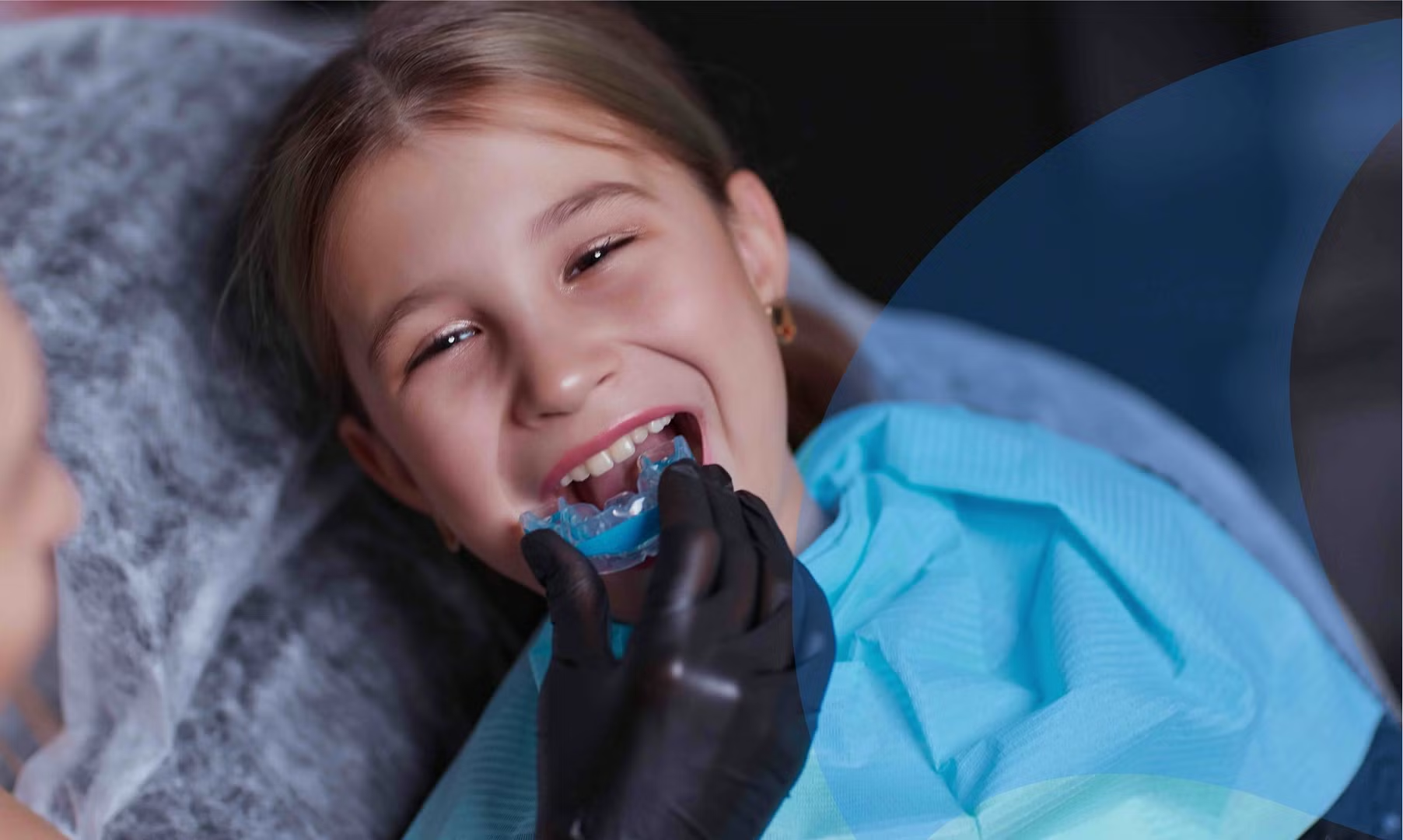
The participation of children and adolescents in organized sports offers invaluable lessons in teamwork, discipline, and physical fitness, yet it inherently introduces an elevated risk of traumatic injury. Among the most frequent and potentially devastating of these are dental injuries, which can range from minor chips to the complete avulsion (knock-out) of a permanent tooth. The severity of these injuries extends far beyond the immediate pain and cosmetic damage, often necessitating years of expensive, complex, and potentially uncomfortable restorative dental work. Preventing these traumas is not a matter of luck; it is a critical, proactive responsibility shared by parents, coaches, and healthcare professionals. The most effective defense remains the consistent, mandatory use of a properly fitted mouthguard, but a comprehensive prevention strategy must also encompass rigorous enforcement of safety rules, appropriate field maintenance, and a detailed understanding of the neurobiological risk factors associated with specific athletic activities. Moving beyond generic advice requires a commitment to specific, individualized risk assessment and the implementation of protocols that treat dental safety as seriously as concussion or joint injury prevention, ensuring that the passion for play does not come at the lifelong cost of oral health.
Among the Most Frequent and Potentially Devastating of These Are Dental Injuries
The nature of modern youth sports, particularly in high-contact activities like hockey, football, and basketball, makes the head and face highly vulnerable targets. Among the most frequent and potentially devastating of these are dental injuries, which, even when seemingly minor, can conceal deep, long-term complications. A small fracture of the tooth enamel may progress to pulp necrosis (nerve death) years later, while an impact that merely displaces a tooth can damage the surrounding bone and ligaments, leading to the eventual loss of the tooth. These injuries carry a staggering economic and emotional toll, often requiring root canals, crowns, or implants that far exceed the cost of prevention. The financial, aesthetic, and functional consequences underscore why zero-tolerance for unprotected play must be the baseline standard in all youth athletic organizations.
The Most Effective Defense Remains the Consistent, Mandatory Use of a Properly Fitted Mouthguard
In the realm of maxillofacial trauma prevention, no tool is as effective or as simple as the mouthguard. The most effective defense remains the consistent, mandatory use of a properly fitted mouthguard, which acts as a hydraulic shock absorber, cushioning direct blows and distributing forces away from the front teeth. However, not all mouthguards are created equal. The most common varieties—stock and boil-and-bite—offer only a basic, often ill-fitting level of protection that can actually impede breathing and speech, leading to compliance issues. The gold standard is the custom-fabricated mouthguard, made by a dentist from a precise model of the athlete’s mouth. This option provides superior retention, comfort, and protection, fitting snugly over the upper teeth and ensuring the athlete can communicate effectively without removing the device, thereby eliminating a major reason for non-compliance during critical moments of play.
Parents and Coaches Should Insist on Using a Custom-Fabricated Device
The small initial investment in a custom guard yields significant long-term returns in both protection and compliance. Parents and coaches should insist on using a custom-fabricated device because its superior fit directly translates to higher usage rates. When a mouthguard is comfortable and does not interfere with the athlete’s ability to call plays or take quick breaths, the likelihood of them wearing it throughout practice and games increases exponentially. This insistence is not simply about risk mitigation; it sends a clear message that the organization prioritizes the athlete’s physical well-being over minimal cost savings. Furthermore, for athletes with braces or complex orthodontics, a custom guard is essential not only to protect the teeth but also to prevent the delicate soft tissues of the mouth from being lacerated by the orthodontic hardware upon impact.
Rigorous Enforcement of Safety Rules Is Absolutely Necessary
Beyond individual equipment, the entire athletic environment must be managed to minimize the probability of contact trauma. Rigorous enforcement of safety rules is absolutely necessary to control the variables that lead to dental injuries, especially in contact and collision sports. This includes zero-tolerance policies for high sticks in hockey, tackling or body checks near boundaries, and flagrant fouls in court sports that involve elbowing or pushing. Coaches must be trained not only to teach the sport but also to consistently model and enforce protective behavior. Allowing aggressive or reckless play to go unchecked normalizes a high-risk environment, increasing the likelihood of accidents that put unprotected facial structures, including the teeth, at risk during moments of peak intensity and momentum.
A Detailed Understanding of the Neurobiological Risk Factors Associated with Specific Athletic Activities
The risk of dental injury often correlates with other systemic and neurological vulnerabilities. A detailed understanding of the neurobiological risk factors associated with specific athletic activities informs comprehensive injury protocols. For instance, athletes who have previously sustained a concussion may have altered neuromuscular control or slower reaction times for a period following the event. This impaired reaction time increases their vulnerability to unexpected impacts. Similarly, sports that involve significant rotational head movements, rapid changes in direction, or high velocity—such as gymnastics, cycling, and martial arts—require special attention to protective strategies that account for the potential for high-impact falls or collisions outside of standard contact zones.
Immediate, Calibrated Management Is Essential to Maximize the Tooth’s Chance of Survival
When a severe injury does occur, particularly an avulsion (a tooth knocked completely out), the outcome is dependent on time-sensitive, appropriate action. Immediate, calibrated management is essential to maximize the tooth’s chance of survival and reduce the years of follow-up treatment. Coaches, parents, and trainers must be educated on the precise protocol: find the tooth, handle it only by the crown (never the root), and immediately reinsert it into the socket, or, if that is impossible, place it in a specialized preservation medium (like Save-A-Tooth kit), cold milk, or saliva. The viability of the tooth’s critical periodontal ligament cells degrades rapidly without proper storage, making the first hour after injury the most crucial determinant of long-term retention and function.
All Youth Athletic Organizations Should Establish Clear Emergency Protocols
Institutional accountability plays a primary role in preparedness. All youth athletic organizations should establish clear emergency protocols that address dental trauma specifically, ensuring all staff know exactly how to respond. This protocol should include a dedicated, stocked emergency dental kit at every practice and game, containing items like gloves, saline or milk for preservation, and the specific contact information for an available emergency dentist or oral surgeon. Reliance on spontaneous, panicked actions during a high-stress emergency is unacceptable. Regular, simple drills on how to manage an avulsed tooth should be a required component of pre-season training for all coaching staff and team parents, transforming chaos into a controlled, life-saving response.
Certain Athletes Are At Higher Risk Due to Their Maxillofacial Configuration
Individual anatomical variation must be integrated into the risk assessment. Certain athletes are at higher risk due to their maxillofacial configuration, particularly those with a significant overjet (protruding front teeth) or those with lip incompetence (the inability to close the lips fully at rest). These anterior teeth are far more exposed to impact and less protected by the soft tissues of the lip. For these individuals, the use of a custom mouthguard should be considered mandatory even in non-contact sports like weightlifting or track and field, where sudden falls or equipment accidents can still lead to severe dental injury. The dentist should be consulted to design a guard that specifically addresses and provides maximum coverage for this increased anterior protrusion risk.
Environmental Factors on the Field or Court Must Be Constantly Assessed
The safety of the playing surface is a non-dental element with direct implications for facial trauma. Environmental factors on the field or court must be constantly assessed to remove unnecessary hazards. This includes ensuring that basketball court floors are not excessively slick, that padding on exposed gymnasium walls and structural support beams is intact, and that fields are free of debris, large holes, or exposed sprinkler heads that could cause a tripping fall leading to direct facial impact. Coaches and facility managers bear the primary responsibility for this type of peripheral risk mitigation, recognizing that a clean, well-maintained playing surface is the baseline requirement for reducing the risk of unavoidable impact with the ground or fixed structures.
The True Measure of Success is the Absence of Trauma
In contrast to measuring athletic achievement by scores or statistics, the measure of a successful dental safety program is intangible. The true measure of success is the absence of trauma, a metric that requires long-term commitment and continuous vigilance. This commitment demands regular re-education of all stakeholders, replacement of mouthguards at least once per season to accommodate growth and wear, and an ongoing dialogue between dental professionals and sports organizations. Establishing a culture where protective gear is viewed as a necessary piece of uniform—as essential as a helmet or cleat—is the ultimate goal, ensuring that every young athlete can participate fully and safely, preserving their smile for a lifetime.
